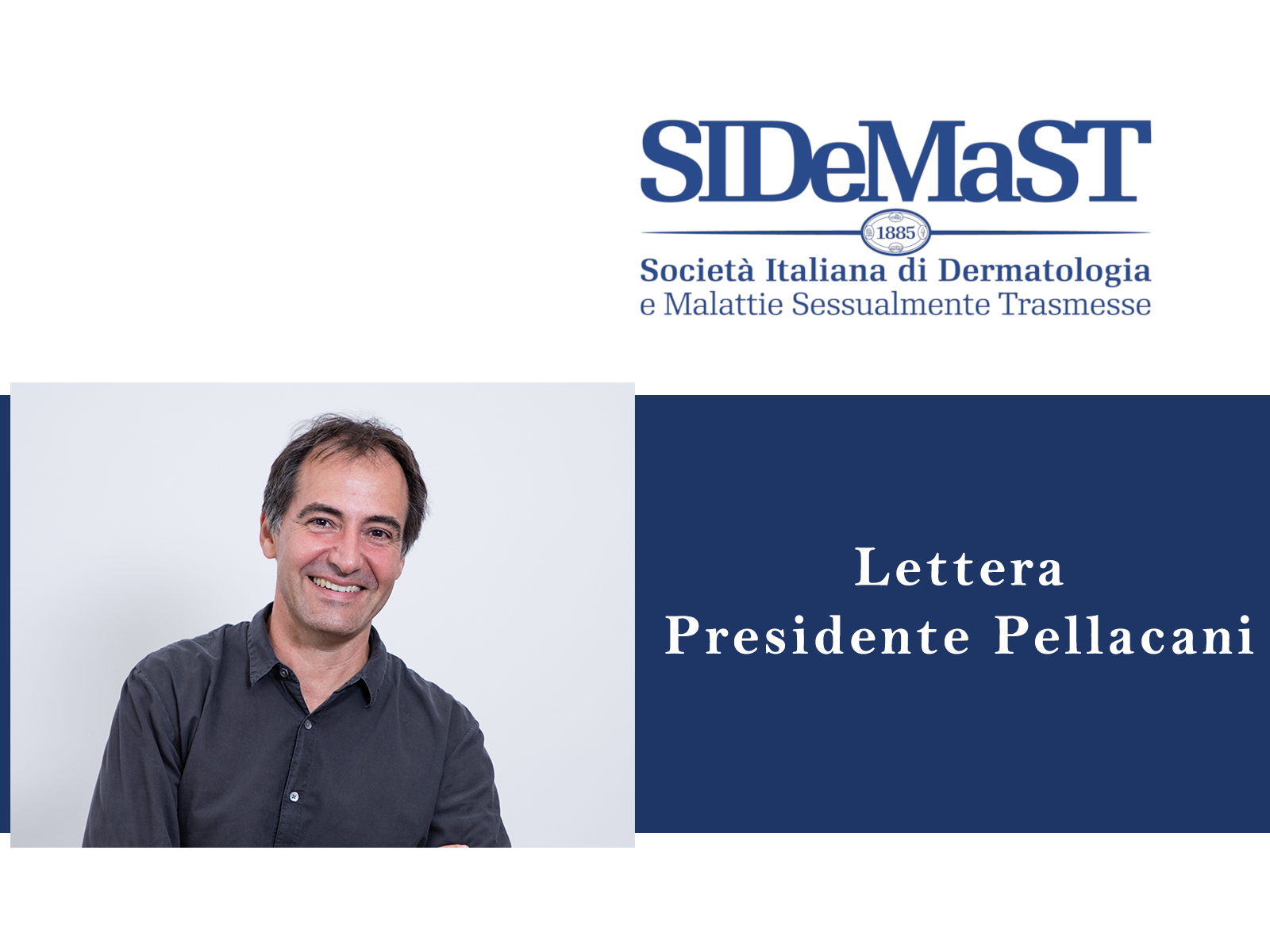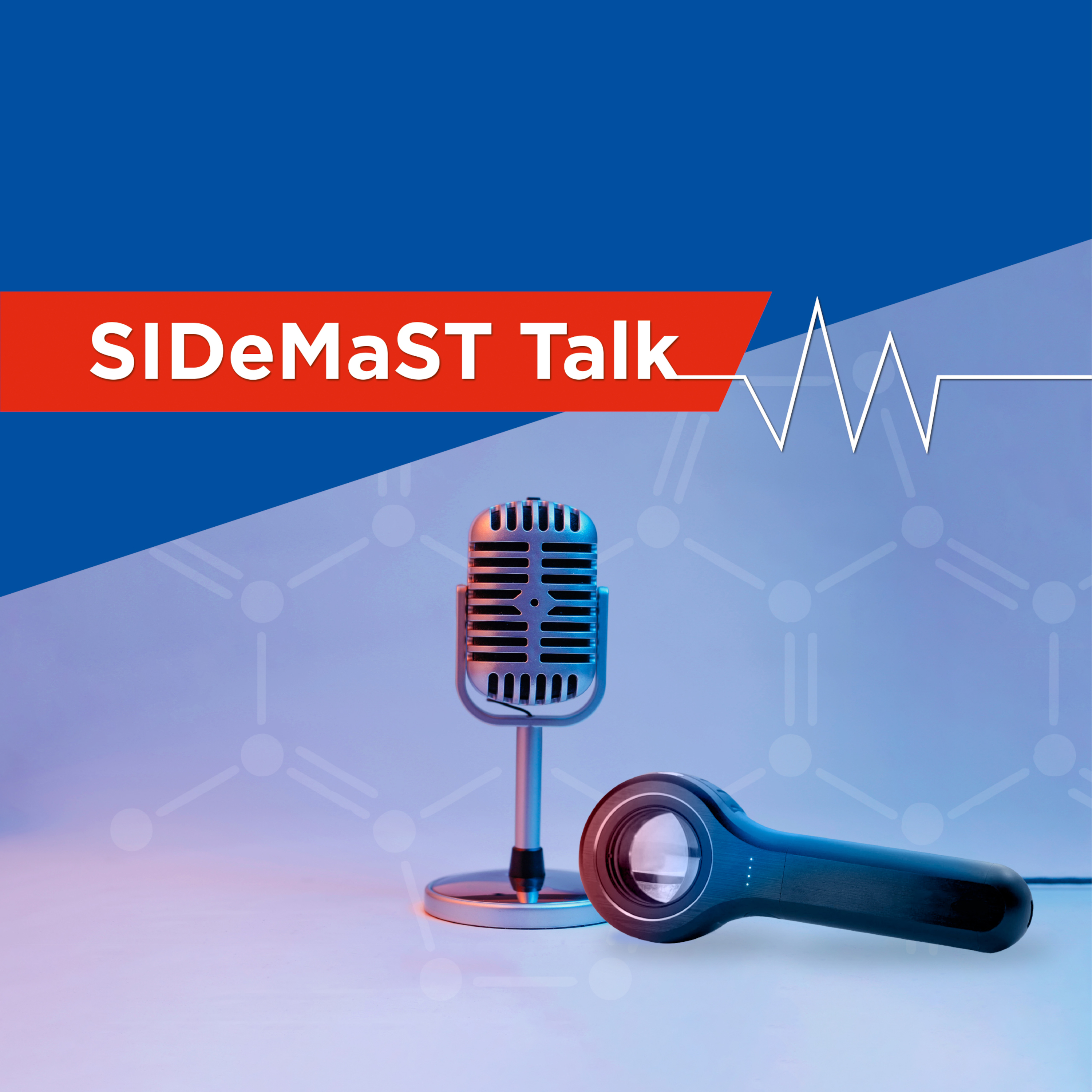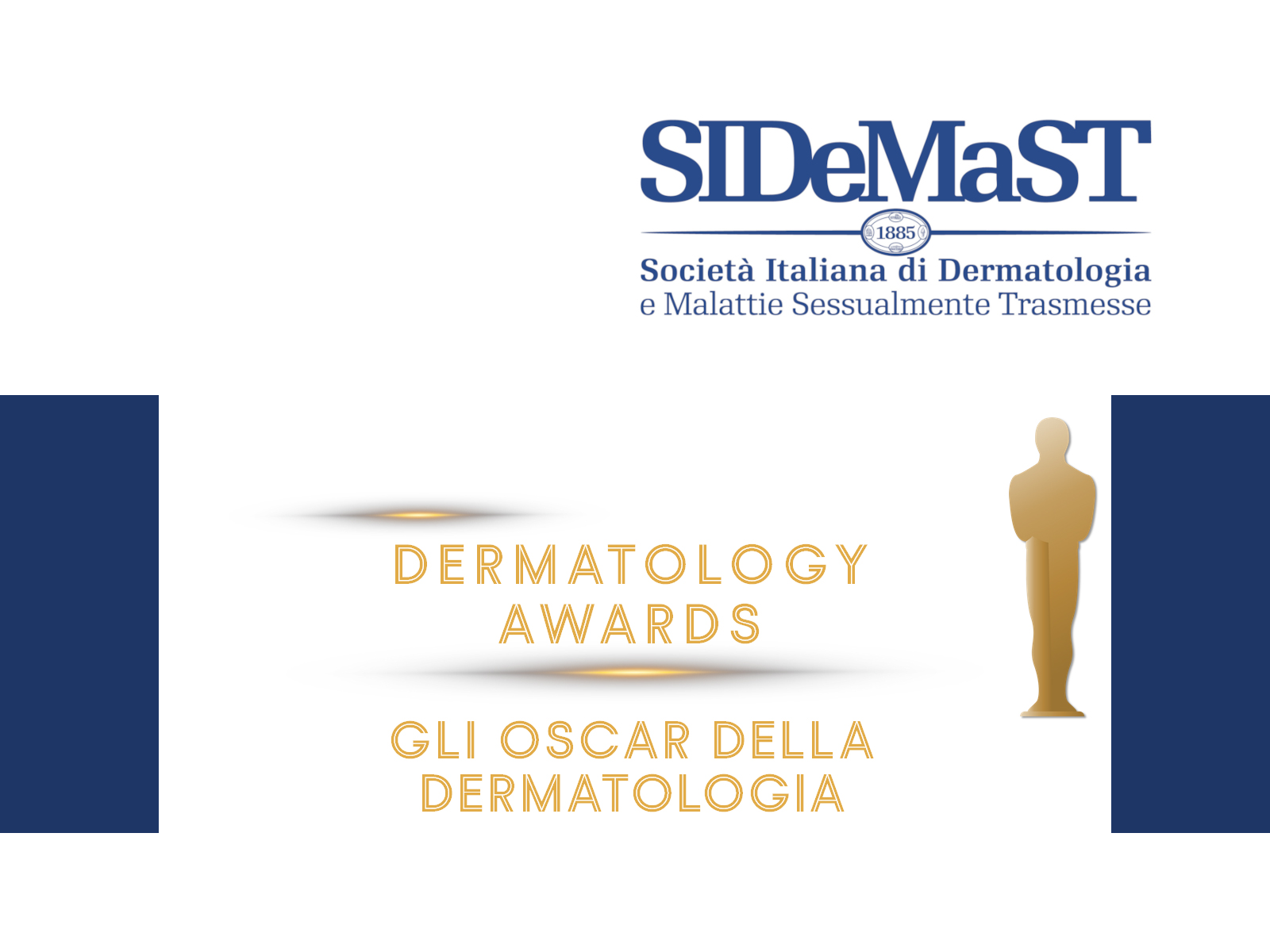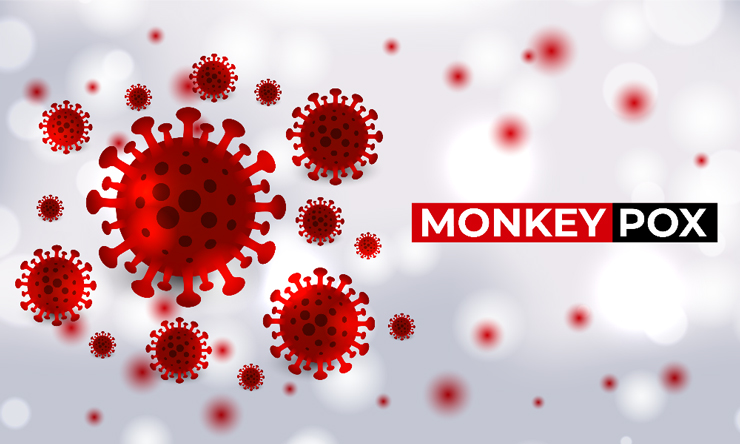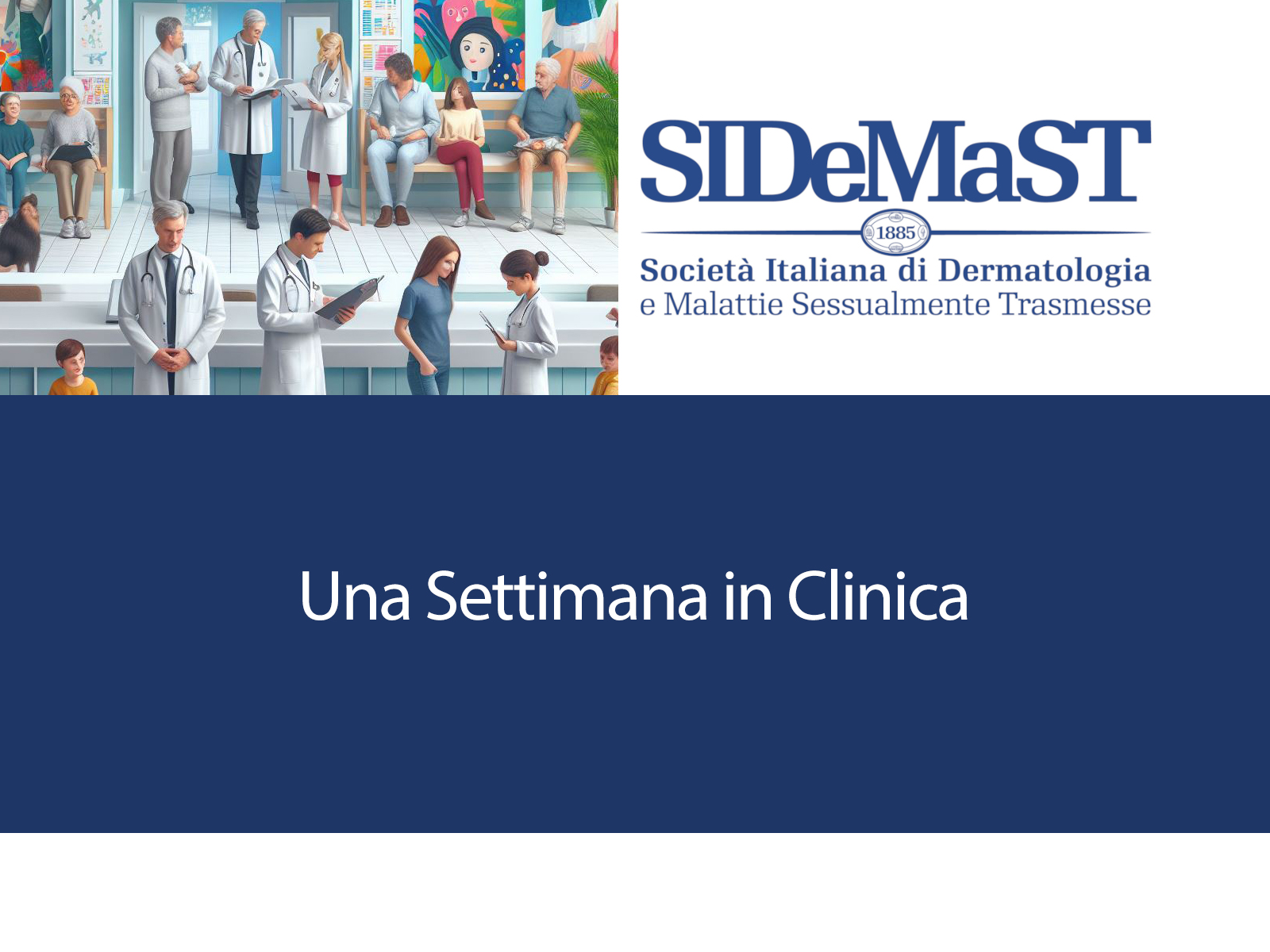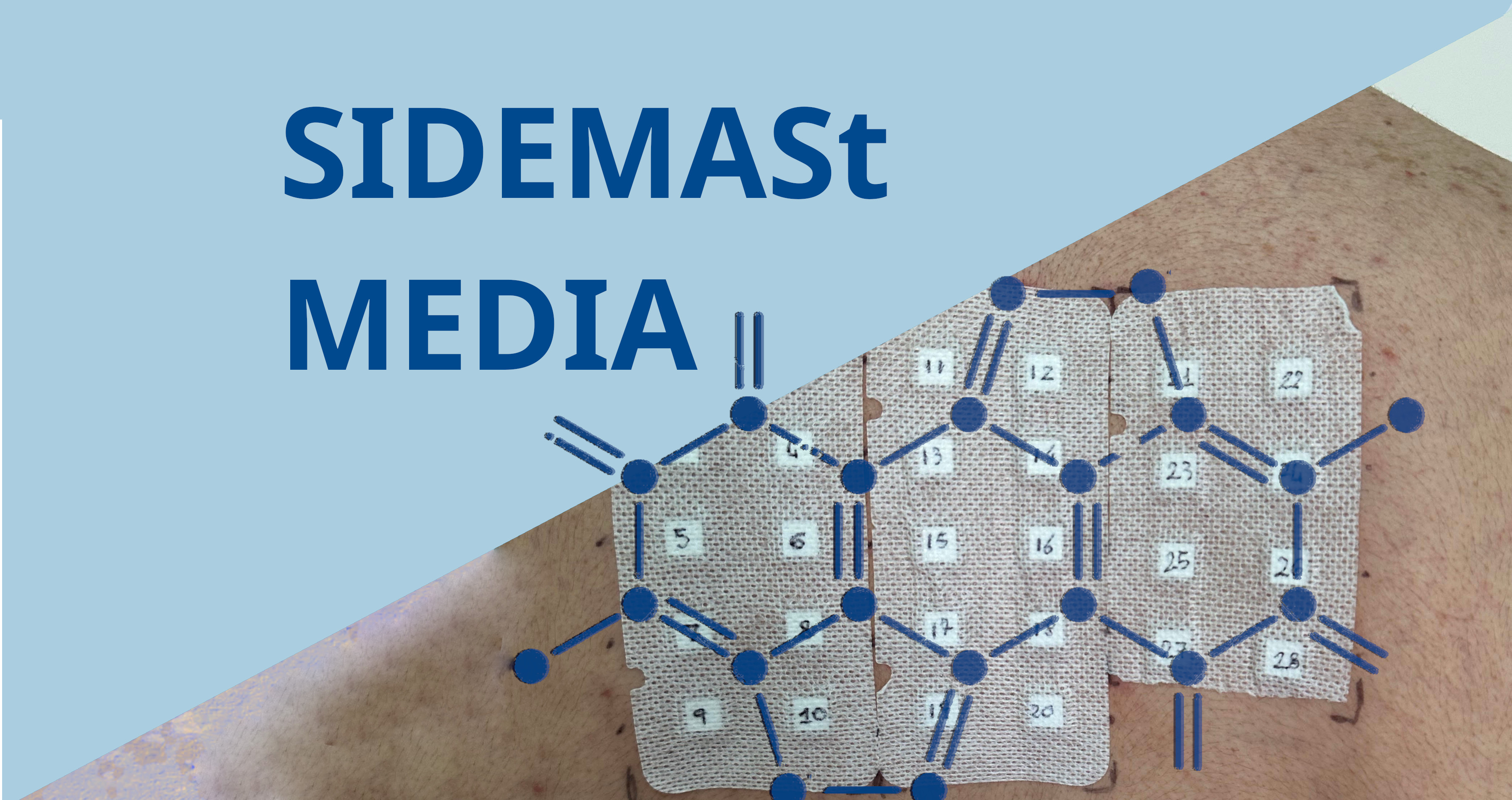Plasma-derived, pasteurised, nanofiltered C1-inhibitor concentrate (pnfC1-INH) is safe for the treatment of hereditary angio-oedema (HAE) in children and adolescents, according to study results presented here on June 7 at the European Academy of Allergy and Clinical Immunology (EAACI) 2015 Congress.
Inmaculada Martinez-Saguer, MD, Hämophilie Zentrum Rhein-Main GmbH, Morfelden-Walldorf, Germany, and colleagues examined data from 18 children between the ages of 3 to 11 years who received 275 infusions of pnfC1-INH as well as data from 21 adolescents 12 to 16 years of age who received 521 infusions as on-demand HAE treatment and/or short-term prophylaxis.
The study cohort was enrolled in a registry that compiles data on patients of all ages who are being treated with pnfC1-INH for HAE, and includes patients from 41 sites in the United States and Europe.
Overall, pnfC1-INH was used to treat 271 attacks in 17 children, and 487 attacks in 21 adolescents.
The mean pnfC1-INH doses per infusion in these 2 age categories were 17.3 IU/kg and 14.3 IU/kg, respectively, both higher than the mean reported dose in patients from the adult registry (17 to < 65 years of age) of 12.9 IU/kg.
The team analysed adverse events using prospectively collected data only, and included events occurring within a 1-month period for each.
There were no adverse events categorised as serious or considered to be related to pnfC1-INH. There were 3 adverse events in 3 of 18 (16.7%) children, including toothache, nasopharyngitis, and ankle fracture (0.01 events per infusion; 0.17 events per patient). There were 16 adverse events in 7 of 21 (33.3%) adolescents (0.03 events/infusion; 0.76 events/patient). The most common events were nasopharyngitis and upper-respiratory-tract infection.
These adverse-event rates were comparable to those seen in adults treated with pnfC1-INH.
No thromboembolic events were reported in paediatric patients.
In the cohort, administration of pnfC1-INH outside of a healthcare setting appeared to be common practice for paediatric patients. In fact, pnfC1-INH was administered outside of a healthcare setting at least once in 13 of 18 (72.2%) children and 19 of 21 (90.5%) adolescents, representing a majority of all infusions among children (213 of 275; 77.5%) and adolescents (425 of 521; 81.6%).
Dr. Martinez-Saguer stated that the data provide evidence of the safety of pnfC1-INH for treatment of HAE, dosed by body weight, in children and adolescents, including administration outside of a healthcare setting.
She added that weight-based dosing, as recommended for pnfC1-INH, seems particularly desirable when treating paediatric patients, given the wide range of body weights and physical compositions encountered in this age range.
Funding for the study was provided by CSL Behring, Marburg, Germany.


